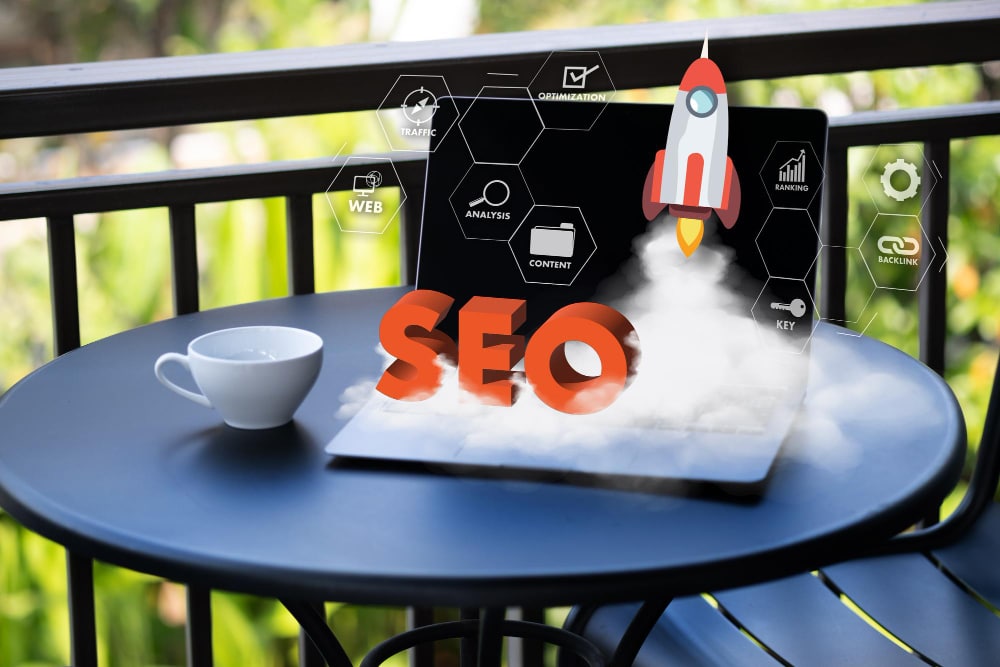 September 18, 2025Best Digital Marketing Tools for Ecommerce Stores in 2025 With over 26 million eCommerce websites live today and global online sales projected to reach $7.5 trillion by 2025...
September 18, 2025Best Digital Marketing Tools for Ecommerce Stores in 2025 With over 26 million eCommerce websites live today and global online sales projected to reach $7.5 trillion by 2025... 
 September 18, 2025Best Digital Marketing Tools for Ecommerce Stores in 2025 With over 26 million eCommerce websites live today and global online sales projected to reach $7.5 trillion by 2025...
September 18, 2025Best Digital Marketing Tools for Ecommerce Stores in 2025 With over 26 million eCommerce websites live today and global online sales projected to reach $7.5 trillion by 2025...  June 25, 2025Designing for Speed: Why Site Speed Matters Site speed isn’t just about user experience, it directly affects how your site performs in search rankings. Since Google...
June 25, 2025Designing for Speed: Why Site Speed Matters Site speed isn’t just about user experience, it directly affects how your site performs in search rankings. Since Google...  February 28, 2025How to Optimize Your Product Pages for SEO Search engine optimization (SEO) is one of the most powerful tools available to eCommerce businesses, yet many store...
February 28, 2025How to Optimize Your Product Pages for SEO Search engine optimization (SEO) is one of the most powerful tools available to eCommerce businesses, yet many store...  February 17, 2025Veils by Lily Website Speed Optimization: A MAKDigital Case Study Website speed is one of the most critical yet often overlooked factors in eCommerce. A slow-loading website can...
February 17, 2025Veils by Lily Website Speed Optimization: A MAKDigital Case Study Website speed is one of the most critical yet often overlooked factors in eCommerce. A slow-loading website can...  November 6, 2024The Impact of Page Speed on User Retention and SEO Did you know that today, nearly half of all consumers expect a website to load in two seconds or less, and 40% will...
November 6, 2024The Impact of Page Speed on User Retention and SEO Did you know that today, nearly half of all consumers expect a website to load in two seconds or less, and 40% will...  May 15, 2024INP: Enhancing Web Interactivity as a New Core Web Vital Interaction to Next Paint (INP) officially became a Core Web Vital and replaced First Input Delay (FID) on March 12...
May 15, 2024INP: Enhancing Web Interactivity as a New Core Web Vital Interaction to Next Paint (INP) officially became a Core Web Vital and replaced First Input Delay (FID) on March 12... 



Choosing MAKDigital means partnering with a team of experienced professionals dedicated to your success. We offer tailored solutions, expert advice, and a commitment to delivering exceptional results. Our focus on innovation and customer satisfaction sets us apart in the eCommerce industry.

Here are quick answers related to this page to clarify key points and help you apply the ideas.
It is the process of making pages load and respond quickly by improving server delivery, reducing asset weight, and streamlining the critical rendering path so users see content fast.
Focus on Largest Contentful Paint, Interaction to Next Paint, and Cumulative Layout Shift. Aim for LCP under 2.5 seconds, low INP for quick input response, and CLS below 0.1 for visual stability.
Use modern formats like WebP or AVIF, resize to real display sizes, compress aggressively, serve responsive images with srcset and sizes, and lazy load below the fold media.
Inline only critical CSS, defer or async nonessential scripts, split bundles by route, and remove unused code. Keep third party scripts to a minimum and load them after main content.
Preload key font files, enable font display swap to avoid invisible text, subset character sets, and prefer variable fonts to reduce total file requests.
Fast hosting, object caching, optimized databases, HTTP 2 or HTTP 3, and a global CDN reduce latency and speed up delivery for both static and dynamic content.
Use PageSpeed Insights, Lighthouse, and field data from Chrome UX Report or your Real User Monitoring tool. Track changes alongside conversions, bounce rate, and crawl stats.
Compress and convert images, enable CDN caching, defer noncritical scripts, preload key fonts, and fix layout shifts by setting explicit width and height on media.